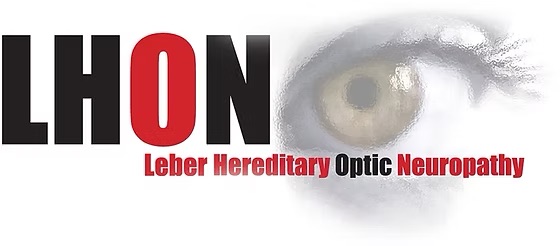Published: December 19, 2024
Journal: JAMA Ophthalmology
DOI: 10.1001/jamaophthalmol.2024.5375
A Brief Summary of Study:
This study looked at a gene therapy called lenadogene nolparvovec for people with Leber Hereditary Optic Neuropathy (LHON), a rare eye disease caused by a problem in the MT-ND4 gene. LHON leads to serious vision loss, usually in both eyes. The researchers followed 62 patients for 5 years after giving them the therapy in one eye (the other eye got a fake injection). They wanted to see if it could improve vision and if it was safe.
The Study:
The study, called RESTORE, followed two earlier trials (RESCUE and REVERSE). In those, 76 patients got the gene therapy in one eye and a sham (fake) injection in the other. After 2 years, 62 of them joined RESTORE for 3 more years of checkups. Most were men (79%), and their average age was about 36. The therapy was a single shot into the eye. Researchers checked their vision using a test called best-corrected visual acuity (BCVA) and asked about their quality of life. They also looked for side effects.
Here’s what they found:
- At the start, vision was really bad—around 20/600 in treated eyes and 20/500 in sham eyes.
- After 2 years, both eyes improved slightly. Treated eyes gained about 1 line on the eye chart, and sham eyes stayed the same.
- By 5 years, both eyes showed a bigger improvement—about 4 lines better than their worst point (called nadir).
- Surprisingly, the sham eyes improved almost as much as the treated ones!
- Quality of life got better too, especially for mental health and daily tasks.
- Side effects were mostly mild, like eye inflammation (more in treated eyes), but nothing serious stopped the study.
What It Means:
The gene therapy helped vision improve over 5 years, and the gains lasted. Even the untreated eyes got better, which suggests the therapy might spread its benefits between eyes somehow. It was safe, with no big problems. Compared to people with LHON who didn’t get treatment (from past studies), the treated group did much better.
Why It’s Important:
LHON can make people lose sight fast, and there’s no cure yet. This study shows gene therapy could be a real option to help. The fact that both eyes improved, even with just one treated, is exciting—it might mean less treatment is needed. Plus, 5 years of safety data gives hope it’s a lasting fix.
Takeaway for Eye Lovers:
For anyone who cares about eyes, this is big news! Gene therapy could change lives for people with LHON. It’s not perfect—vision didn’t go back to normal—but it’s a step forward. If you or someone you know has LHON, this might be worth talking about with an eye doctor.
